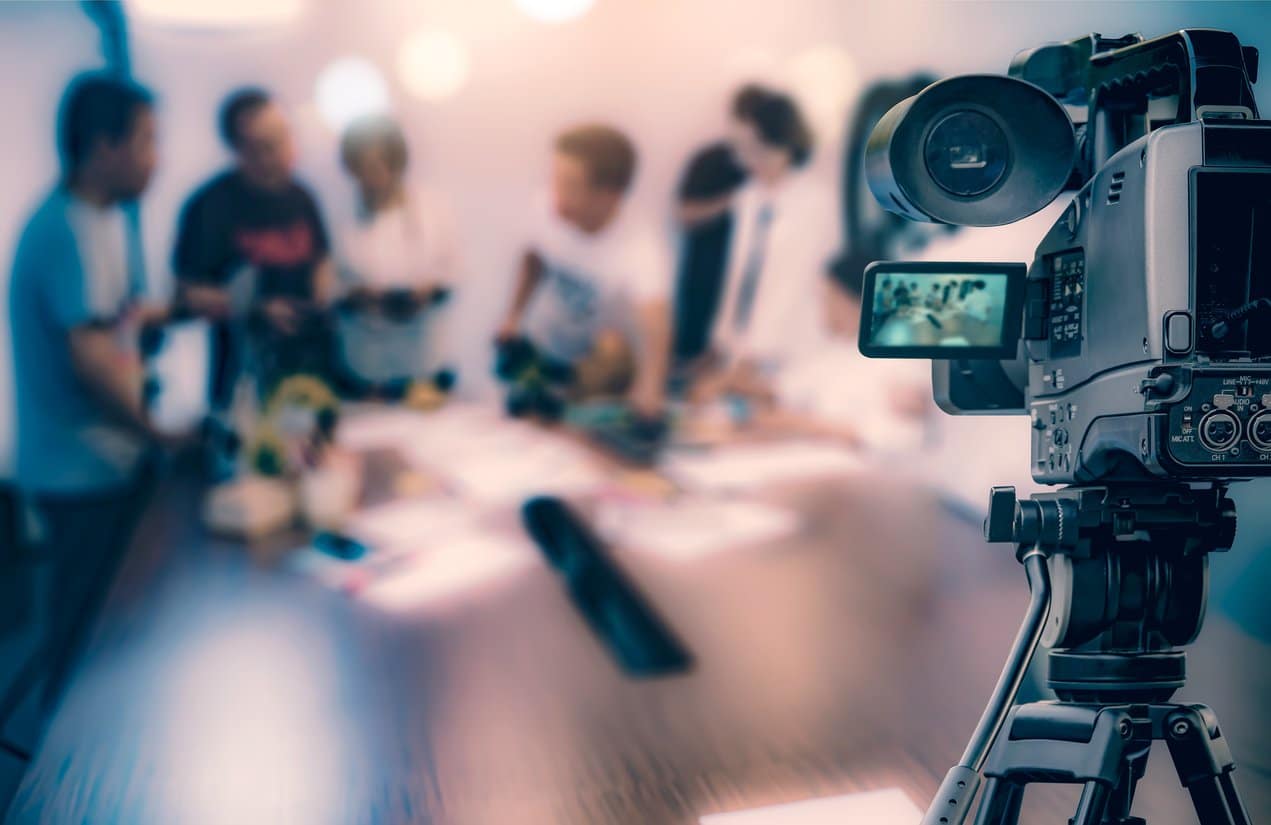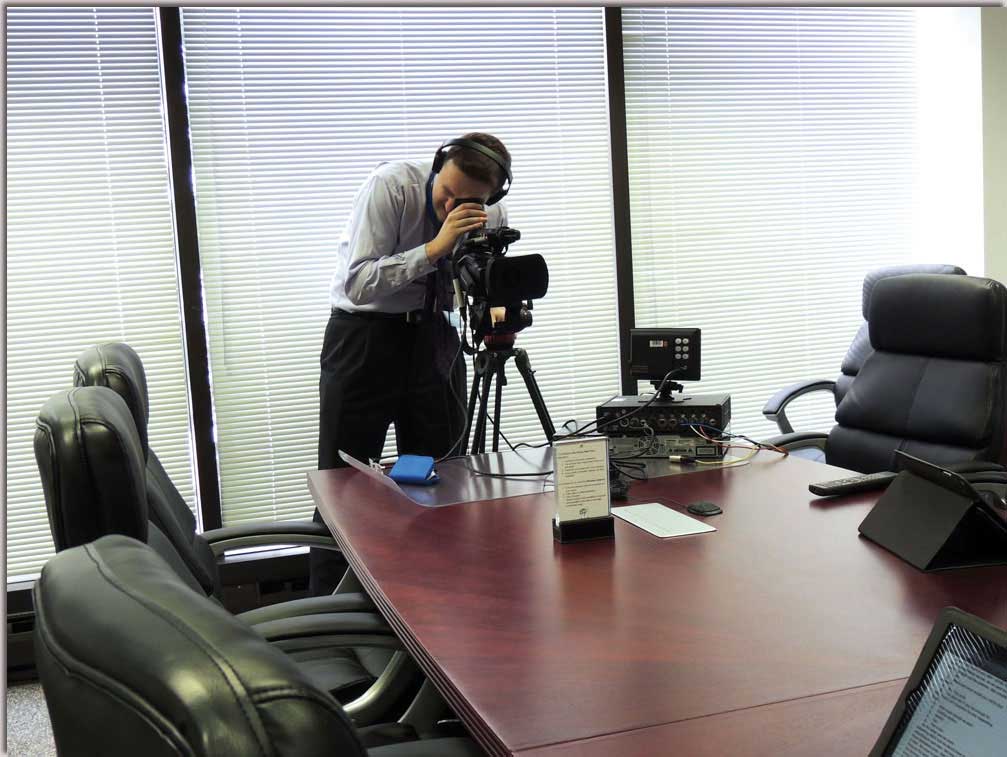The Duty of Legal Videography in Documenting Depositions and Trials
The Duty of Legal Videography in Documenting Depositions and Trials
Blog Article
Understanding the Importance of Videography in Legal Procedures
The integration of videography into legal process has emerged as a substantial consider the discussion and analysis of evidence. By catching aesthetic elements such as body movement and faces, videography improves the narrative surrounding witness testimonies and can greatly influence jury understandings. As the legal landscape evolves, understanding its implications on reputation and clearness ends up being vital for lawyers. What ideal techniques should be embraced to maximize its efficiency, and how might future innovations reshape this essential facet of the judicial procedure?
Role of Videography in Evidence
Videography plays an increasingly important duty in legal proceedings, functioning as an effective tool for offering evidence. The assimilation of video clip recordings into the lawful structure allows for a more vibrant representation of facts, making it possible for jurors and judges to envision events as they took place. This aesthetic paperwork can encompass a series of materials, including security video footage, recorded witness statements, and professional presentations, all of which can considerably boost the evidentiary landscape.
One of the primary advantages of videography is its capacity to record subtleties that may be lost in written accounts. Face expressions, body movement, and situational context can supply necessary insights, assisting to convey feelings and purposes that text alone can not. The usage of video clip evidence cultivates a much more appealing court experience, possibly helping jurors in understanding complex situations.
As modern technology advances, the top quality and accessibility of videographic proof have actually enhanced, making it an integral part of contemporary lawful methods. Courts increasingly recognize the value of video as a trustworthy source of details, prompting lawyers to adjust their techniques for evidence presentation. Ultimately, videography offers not just to highlight facts but also to boost the general integrity of the judicial process.

Enhancing Credibility and Clearness
A significant advantage of integrating videography in lawful proceedings is its capability to boost both integrity and clearness of evidence presented in court. Videographic evidence can capture nuances that composed documents may forget, such as tone, body language, and context. This visual representation permits juries and judges to better comprehend the conditions surrounding the instance, thereby cultivating a more precise understanding of the events concerned.

In addition, the quality afforded by videography decreases the likelihood of false impression that can arise from textual descriptions. This accuracy is particularly crucial in intricate situations, where details can be quickly misconstrued. Inevitably, by providing evidence in an aesthetically available style, videography not just reinforces the honesty of the judicial procedure but also supports enlightened decision-making by those associated with lawful process.
Influence on Jury Understanding
The incorporation of videographic proof significantly influences court understanding, typically causing more involved and informed considerations. Jurors are usually much more receptive to aesthetic details, which can boost their understanding of complicated situations. Videography provides realities in a fashion that is both compelling and obtainable, permitting jurors to get in touch with the proof on an extra personal degree.
In addition, the ability to witness events as they happened can evoke emotional actions that written records or verbal testaments might stop working to generate. This emotional interaction can lead jurors to form stronger opinions pertaining to the reputation of witnesses and the general story of the instance. The aesthetic representation of evidence also aids in clarifying uncertainties, making it simpler for jurors to comprehend the context and importance of the info offered.
Furthermore, videography can work as an effective tool for storytelling, enabling attorneys to construct an influential story that reverberates with the court. When jurors can picture scenarios and witness vital moments, their capacity to deliberate attentively and get to a knowledgeable verdict is dramatically enhanced, inevitably affecting the result of legal proceedings.
Best Practices for Legal Videography
Implementing ideal techniques in lawful videography is essential for making certain that visual proof is both efficient and trustworthy in the court room. Choose qualified specialists who specialize in lawful videography to ensure the technological quality of the recordings. This includes utilizing high-resolution electronic cameras and professional sound tools to capture clear visuals and sound.
2nd, maintain appropriate paperwork throughout the recording process. This includes developing a comprehensive log that includes timestamps, summaries of the web content, and the identities of all individuals present. Such documents can bolster the credibility of the video clip.

Furthermore, think about the usage of appropriate modifying techniques. While it is crucial to maintain the original web content, small changes for clearness-- such as enhancing audio degrees-- can enhance the total presentation without altering the read the article substance.
Future Trends in Legal Videography
As legal videography continues to progress, emerging methods and modern technologies are shaping the future landscape of visual evidence in the court (Legal Videography). One significant trend is the integration of high-def and 4K video clip quality, enhancing the quality and detail of tape-recorded testimonies and evidence. This enhanced resolution aids jurors in comprehensively evaluating the trustworthiness of witnesses and the nuances of the here and now materials
Furthermore, using expert system (AI) in video evaluation is getting grip. AI devices can aid in recognizing vital moments in video, producing records, and also analyzing non-verbal communication, which offers much deeper understandings right see here now into witness credibility. Furthermore, virtual reality (VR) and increased truth (AR) are positioned to change just how evidence exists, allowing jurors to submerse themselves in criminal activity scenes or circumstances, thereby cultivating a much more extensive understanding of the context.
Final Thought
In recap, videography acts as an essential tool in lawful procedures, boosting the presentation of proof and improving the general understanding of instances. By recording non-verbal signs and strengthening the integrity of witness accounts, videography substantially influences court perception and decision-making procedures - Legal Videography. Complying with ideal methods ensures the efficiency of lawful videography, while emerging trends promise to further augment its function in the judicial system, ultimately promoting have a peek here an extra informed and involved legal atmosphere
Videography plays an increasingly crucial duty in legal proceedings, offering as a powerful medium for providing evidence.A considerable benefit of incorporating videography in legal process is its ability to boost both trustworthiness and clearness of evidence offered in court. Eventually, by providing evidence in a visually accessible layout, videography not just reinforces the stability of the judicial procedure yet also sustains educated decision-making by those entailed in lawful proceedings.
In summary, videography offers as a vital device in lawful procedures, boosting the discussion of proof and enhancing the general understanding of cases. Legal Videography. Sticking to finest methods makes certain the effectiveness of lawful videography, while arising fads assure to more boost its duty in the judicial system, eventually promoting an extra educated and engaged lawful atmosphere
Report this page